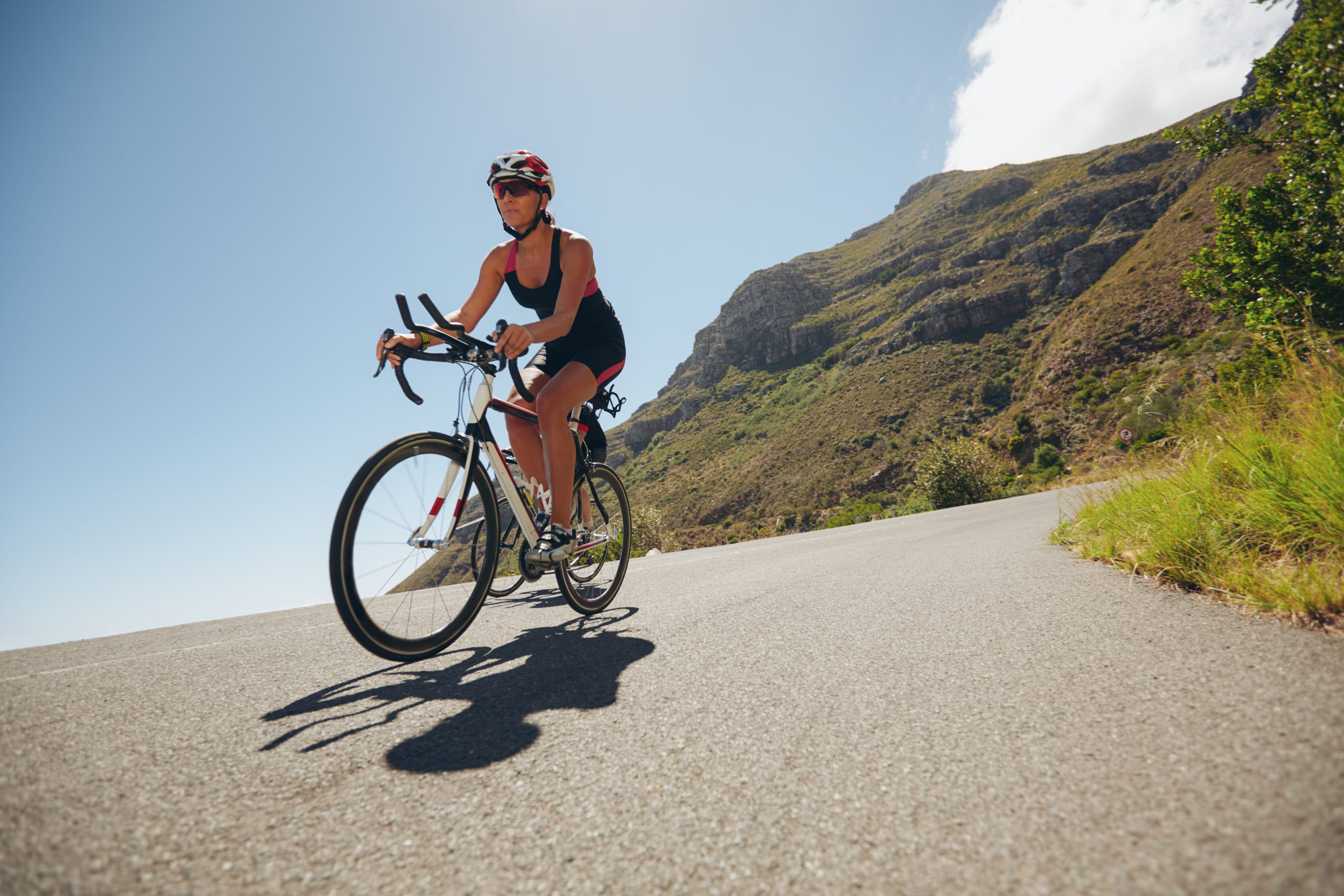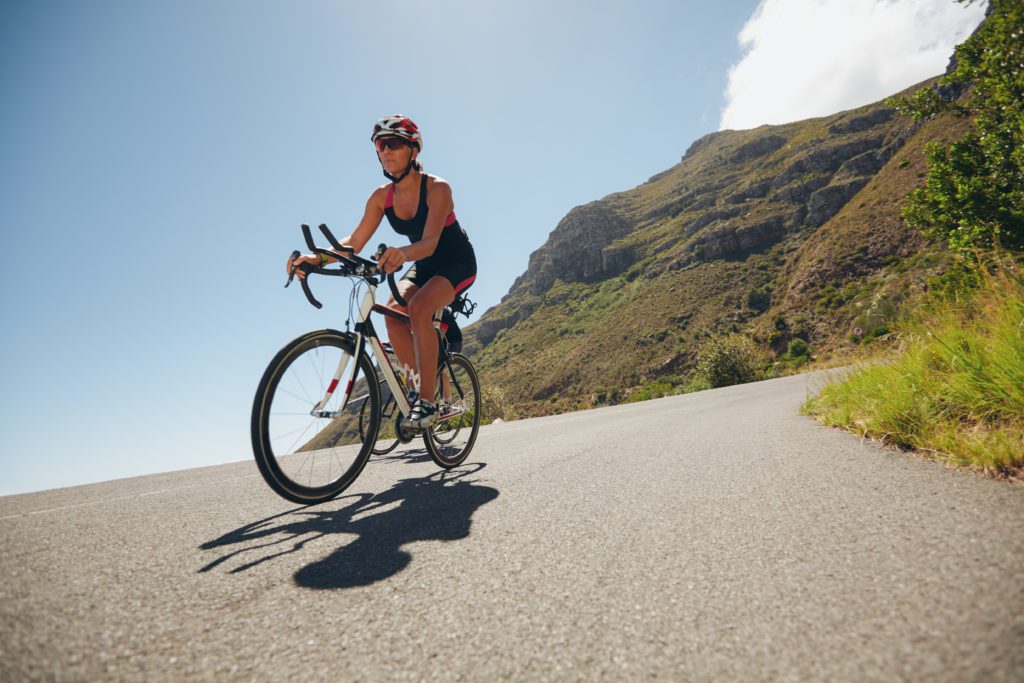Climb like a pro: make going uphill easier
There's no reason triathletes should shy away from challenging hill climbing.

There are really only two types of riders: those who like to go uphill and those who don’t. It doesn’t have to be that way, though – no matter which type of rider you are, there’s no reason you can’t enjoy climbing.
By: Sean Mackinnon
One of my favourite ways to test myself on any climb is to use Strava. The online social media site for athletes analyzes your workouts and breaks down every single aspect of your ride. One way to be able to really gauge your improvement is to use the explore section on the Strava site to find some climbs close to you and get out there and hit it hard. Go home, get a baseline time and keep going back to those segments to see how much you have improved.
That’s how you can test yourself, but what are the keys to actually getting more proficient at climbing hills? Here are a few suggestions.
Intervals
Interval training is the easiest way to help you improve on hills. The best part of this type of training is that you don’t even need a hill. The beauty of triathlon cycling is that the effort is so specific and demands such control that all you need to really dial in your intervals is a heart rate monitor or power meter paired with a stretch of uninterrupted road (or a trainer). Do your homework on the biggest bike challenge of your year and tailor some specific workouts to the duration of the climbs on your upcoming upcoming race courses. Remember, when you need to run after the bike, that climb on the bike won’t be the decisive turning point in the race. It will make the rest of your day that much harder if you use up too much energy. It’s important to know your specific power or heart rate zones and stay within it. That’s where the interval training comes in – use those harder efforts to get used to the feeling of having to push and gauge your limits.
Technique
Form and technique can save tremendous amounts of energy when climbing. It is extremely important to ride within yourself and have something left for what comes after the climb – read the rest of the bike and the run. Remember that going up the climb is only a part of the race. Making the most of a false flat or descent can pay more dividends than the climb itself. Whenever possible, get to know the climb and ride over the top at a power zone that’s only one or two zones higher than what you can hold oce you have crested the hill. This takes some practice, so don’t be afraid to work on this every time you are out on the bike.
Get efficient
Everyone likes to get over the climbs differently- some people like to stand up and use a harder gear, others like to sit and spin in an easier gear. The best way to improve your efficiency when you’re climbing is to focus on cadence. Grinding up hills can feel good for the first two or three climbs, but as the ride goes on, it can take its toll. I always try to climb at no more than 10 or 15 rpm less than I spin on the flats. Personally, that means I can go uphill with a minimum cadence of about 75 rpm.
Climbing on a bike is no small feat, and learning to enjoy going uphill can take time. Practice makes perfect, though, so practice these techniques in training so they become second nature once you’re racing. Knowing what kind of elevation you are likely to tackle can really help, too – do your homework as much as possible before any big race. Also, riding within specific zones – either heart rate or power – can help you maintain your energy throughout the entire bike leg.
Remember to be kind to your body by spinning those legs a few extra rpm faster than you might typically. Put it all together, and there’s no reason you won’t tackle this year’s climbs with a bit more confidence.
Former national team cyclist Sean Mackinnon won two bronze medals at the 2015 Pan Am Games. He’s a regular contributor to Triathlon Magazine Canada.

